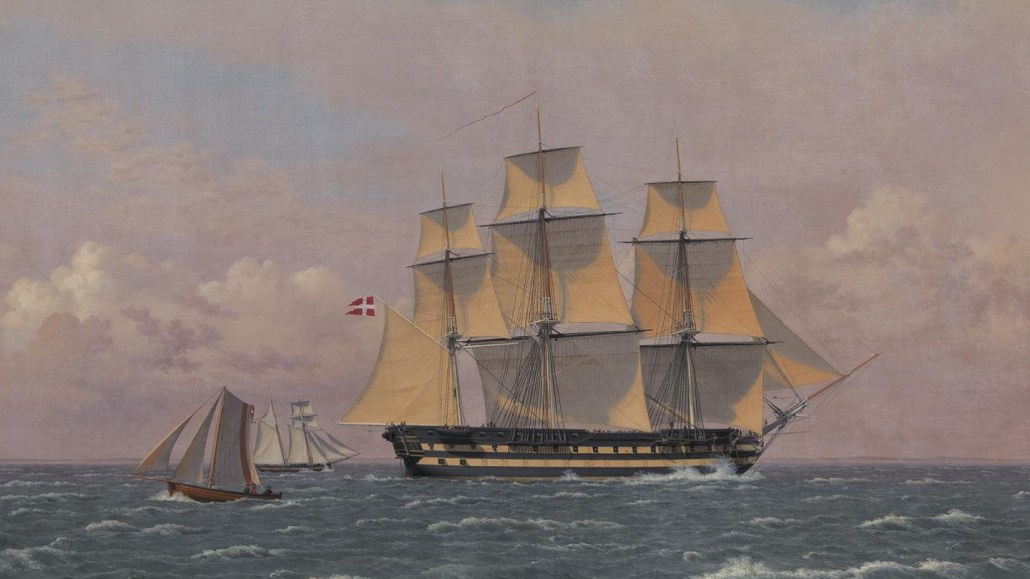
The 1834 painting The 84-Gun Danish Warship "Dronning Marie" in the Sound by Danish artist Cristoffer Wilhelm Eckersberg contains proteins from brewer’s yeast in its base layer.
The National Gallery of Denmark

The 1834 painting The 84-Gun Danish Warship "Dronning Marie" in the Sound by Danish artist Cristoffer Wilhelm Eckersberg contains proteins from brewer’s yeast in its base layer.
The National Gallery of Denmark